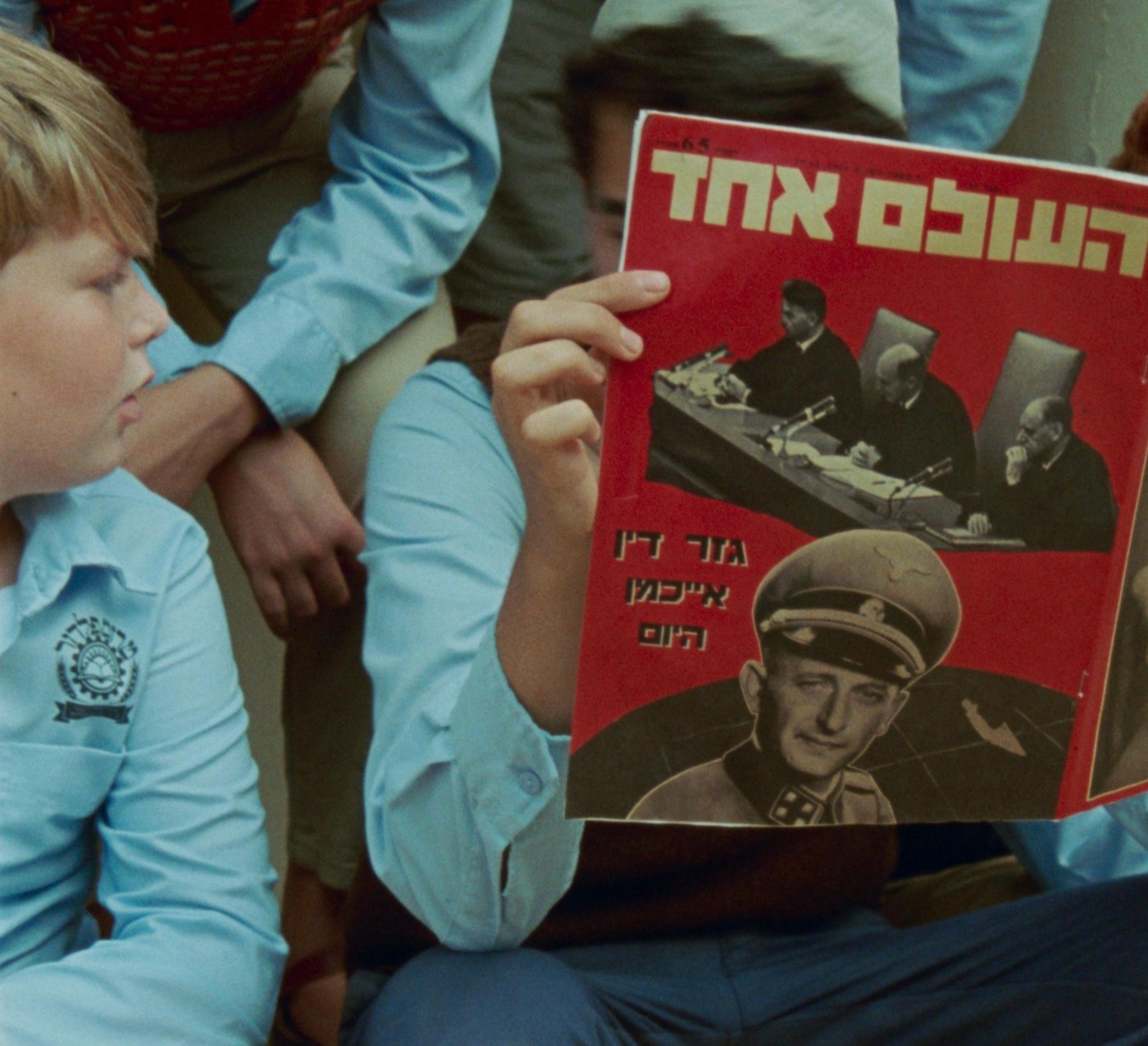
‘June Zero’ a deep dive into Eichmann execution
With “June Zero” writer-director Jake Paltrow unearths fascinating — and true — behind-the-scenes drama as Israel prepared to hang Nazi war criminal Adolf Eichmann in 1962.
The notorious architect of the “final solution” that murdered 6 million Jews had escaped capture after WWII and hid in Argentina. There in 1960, Israel’s Mossad security service kidnapped him and returned him to Israel to stand trial.
Paltrow, writing a script in Hebrew with Israeli writer-director Tom Shoval, was inspired when he “stumbled” on this story that, “No Ashkenazi guards were allowed to guard Eichmann during the trial.”
Because they had all been in Europe and widely suffered under the Nazis, any Ashkenazi could not be trusted to not assassinate Eichmann. The Moroccan jail guard Haim then must insure that Eichmann is kept alive until his sentence is rendered.
When a barber is called for Eichmann’s final haircut, Haim is super-stressed each and every time the scissors slices a hair. After all, one slit to the prisoner’s throat destroys all carefully calibrated plans.
Micha is an investigator for the prosecution and a Holocaust survivor.
David is just 14, an Arab youth who is instrumental in getting a crematorium up and working. Israel would never allow Eichmann’s corpse be returned to his widow to become, wherever he was buried, a neo-Nazi shrine. That meant there had to be a cremation, followed by a “burial” at sea.
But cremation is forbidden in the Jewish religion. “They have to build one,” Paltrow, 48, noted. One that was made in Germany following the design of the crematoriums that murdered so many millions.
“The inherent contradiction and sort of irony inside of those things,” he said, “made me feel they were inherently dramatic as these things start to reveal themselves by organized research.”
The title “June Zero” is, Paltrow said, “this idea of an anti-commemoration.
“In one of our interviews, somebody had mentioned that somewhere, whether it was one of the police logs or somewhere else, that his execution date had been logged as June zero.
“It was a hanging around midnight May 31. Someone had logged in as ‘June zero’ — and that was such an interesting detail. Because you think of doing something like that, and what you’re saying is: This is a way of further pushing the concept of commemorating this moment. Or, not allowing any sort of memorialization of this event.
“But in creating a fictionalized date, what you do is say, ‘I’ll just put a stake in the ground for that commemoration.’
“Because it’s such an unusual thing to do, that seemed like a very interesting thing as it applied to this story. Thinking that one can steer history.”
“June Zero” is available on VOD

